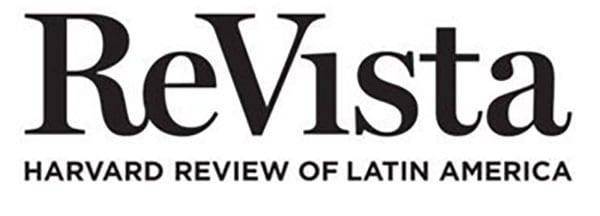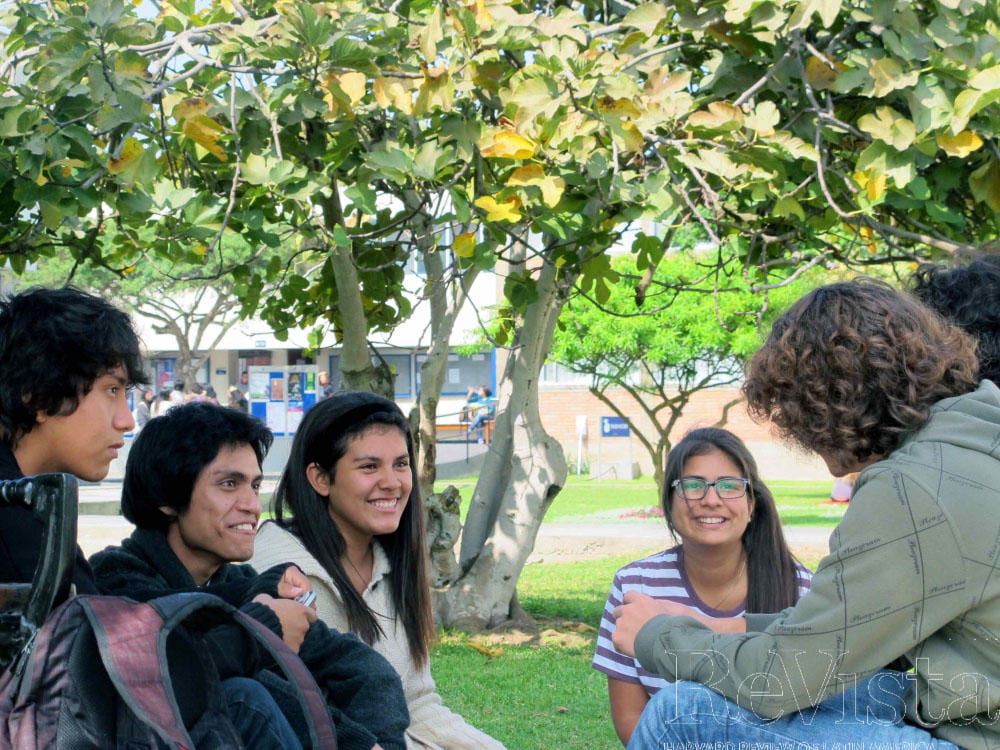
Universities
Fall 2012 | Volume XII, Number 1
Table of Contents
Editor’s Letter →
by June Carolyn Erlick
First Take
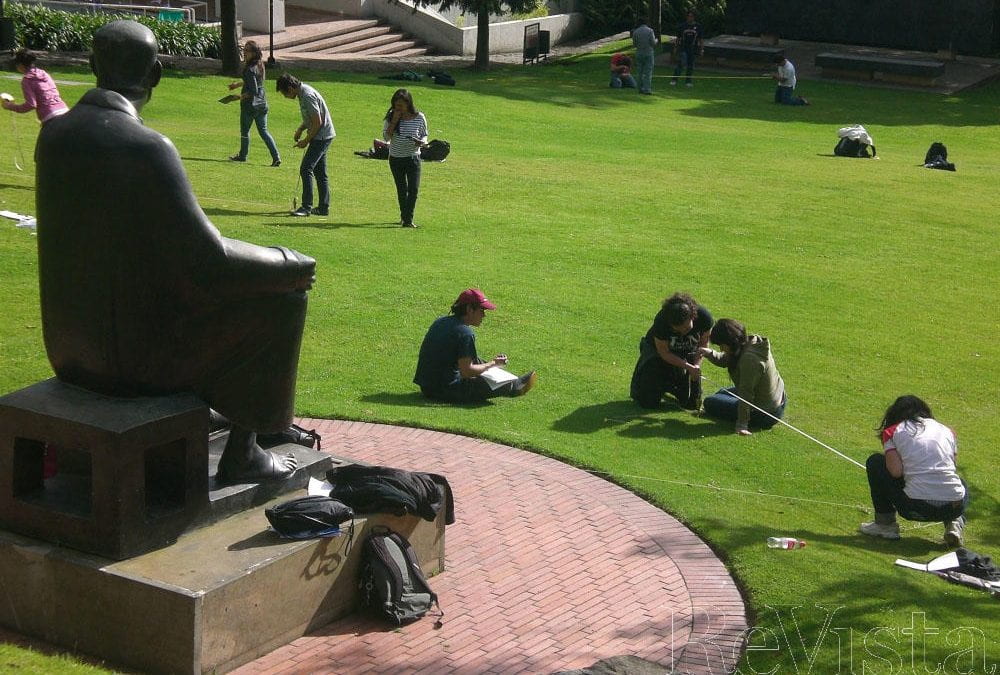
First Take: Innovating Universities
The next decade of higher education in Latin America will have a very important influence in the future of Latin America itself. It is in universities that most of the public and private leadership will be educated. It is in universities that many of the ideas about how to…
Reflecting on Excellence
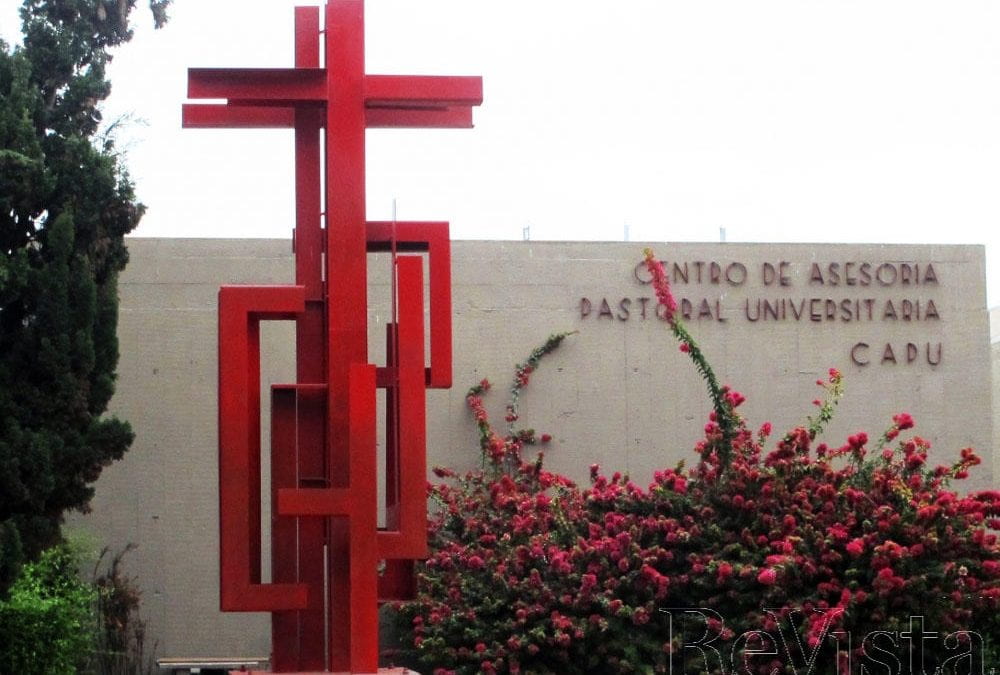
Catholic Universities
On July 20, when this article was already sent to the editor, Vatican State Secretary Cardinal Tarcisio Bertone prohibited the Pontificia Universidad Católica del Perú from using the words “pontificia” and “católica” in its name. Reasons were given—some false and…
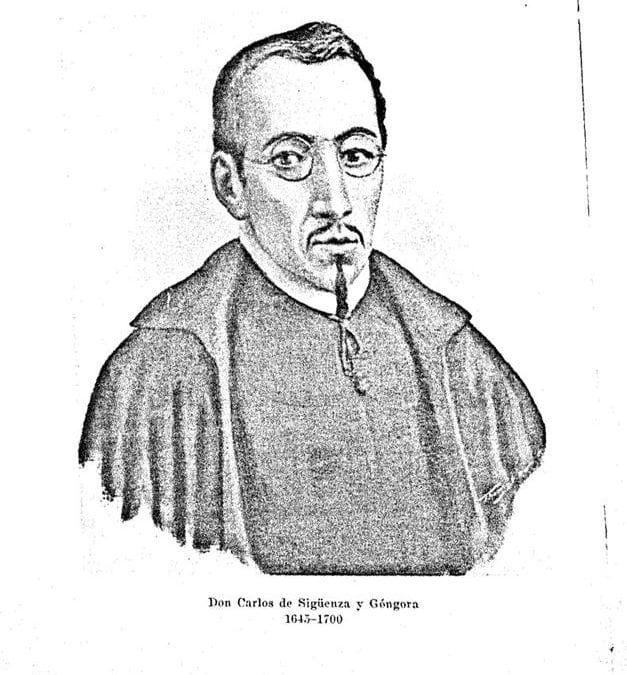
Move Over da Vinci!
On the cusp of the “Age of Reason” in Mexico City, the jewel in the crown of Spanish America, the Royal and Pontifical University’s Professor of Mathematics, Carlos de Sigüenza y Góngora (1645-1700) sat at his desk, one may imagine, his fine English microscope…
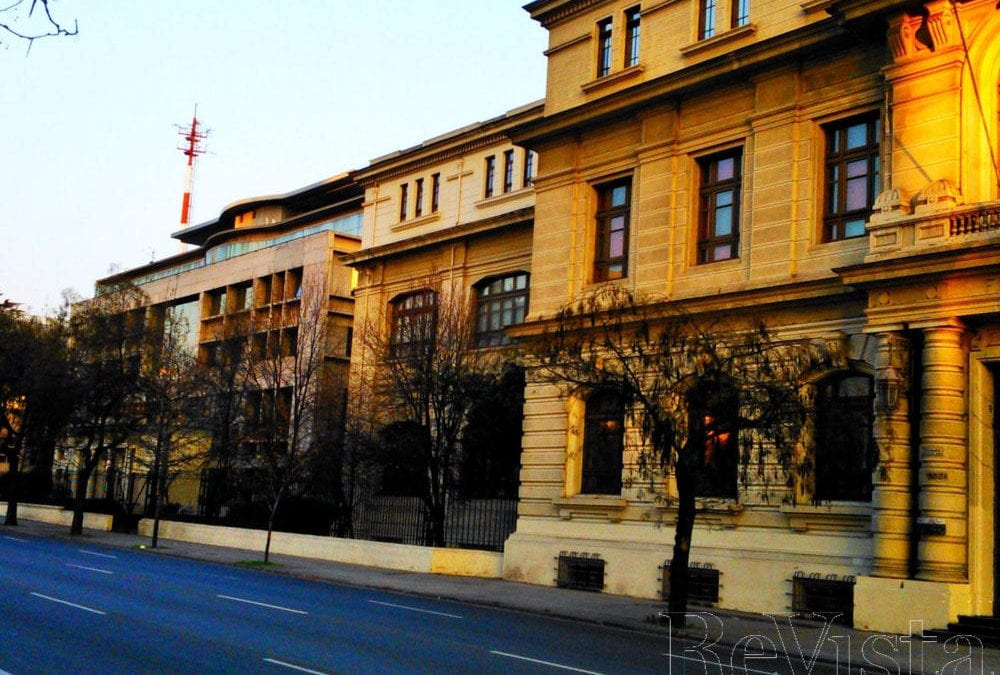
Management in Latin American Universities
It is often said that universities are conservative organizations, slow to change, wedded to their ancient rites and cherished routines, or to newer traditions more of the “invented” type, as when universities established in the twentieth century in Latin America distort history…
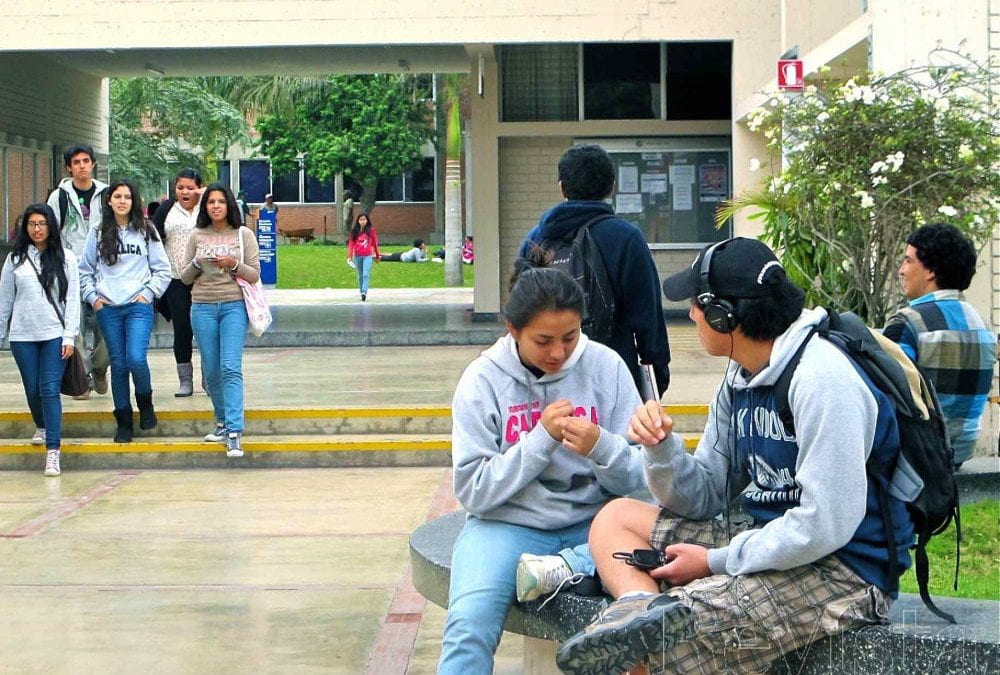
Higher Education: Peru and Beyond
English + Español
With the phrase “fragile, though tenacious beasts,” philosopher George Steiner attempted to describe the complex circumstances that permeate the institutional life of universities throughout the world, in his book Errata: An Examined Life. Despite today’s sweeping changes in universities in Latin America and beyond, these complex circumstances, this fragility, this determination, have existed almost since the foundation of universities more than a thousand years ago and even before the existence of nation-states. /Con el título que encabeza este artículo, George Steiner (2009) intentaba dar cuenta de las complejas circunstancias que rodean el quehacer de la vida institucional de las universidades en el mundo, casi desde su fundación misma hace algo más de mil años e incluso antes de la constitución de los Estados-Nación.
Innovation and Quality
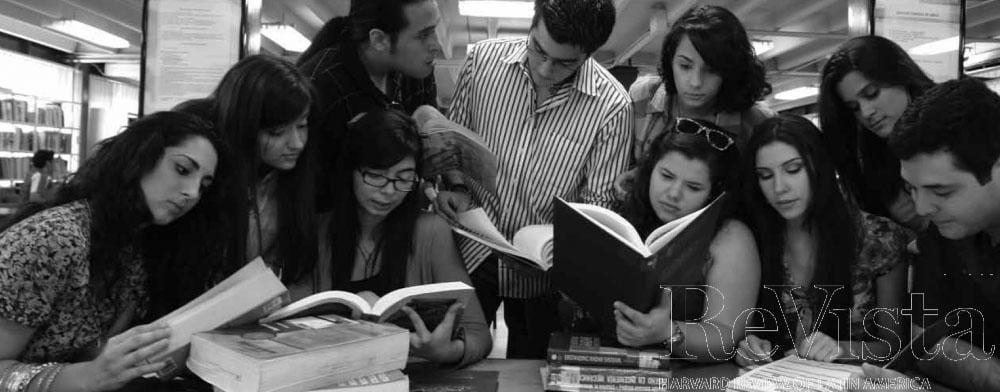
Venezuela: Forging Knowledge
How does a student figure out how to be a petroleum engineer or a social worker? The traditional path is to study, then get an internship and finally go out into the real world. At the Universidad Tecnológica del Centro (UNITEC) in Valencia, Venezuela, we have incorporated…
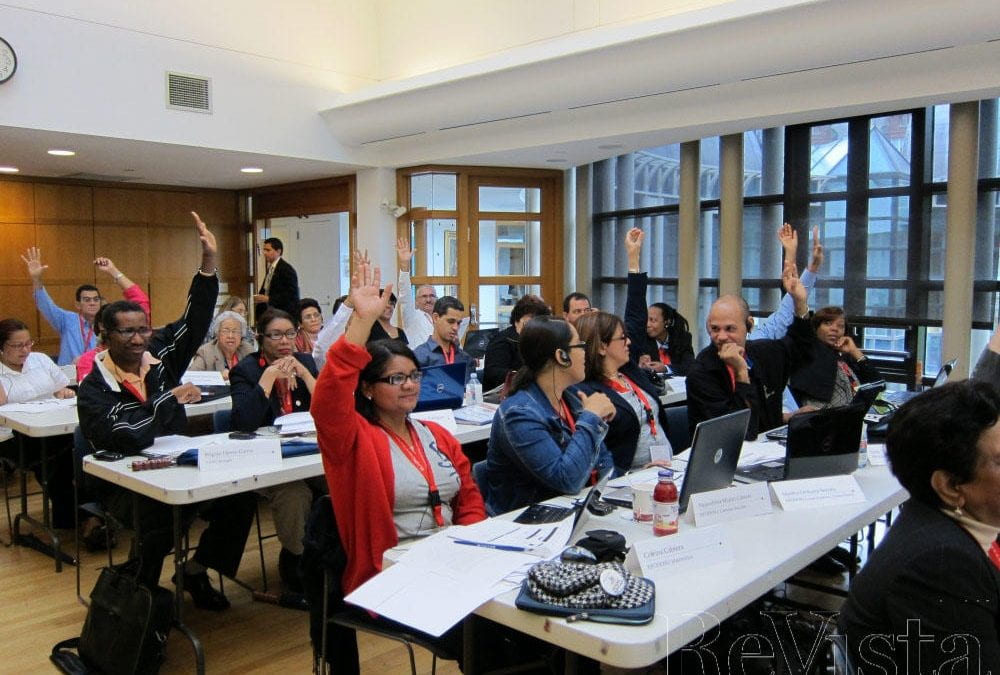
Strengthening Teaching and Learning in Latin America
In April 2006, Chilean high school students took to the streets demonstrating against the cost and quality of public education, startling the newly-elected government of President Michele Bachelet. A further wave of protests by both high school and university students in 2011…
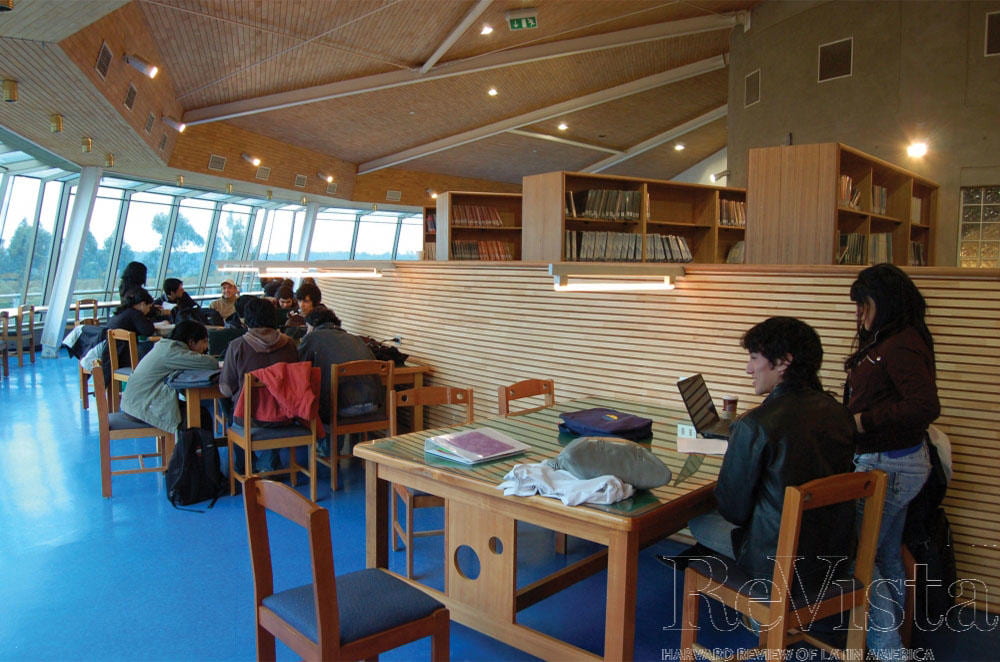
The MECESUP Program in Chile
As the rain poured down on a gloomy day in Concepción that June in 1997, I received a rather unexpected phone call from the Ministry of Education. I had just ended an eight-year stretch as vice-president of research at Universidad de Concepción in the south of Chile and…

Doctorates, Colombian Style
“You do know this will be the kiss of death to your academic career” was the unenthusiastic response of my adviser to the news that I was going to marry a classmate and move to his native Colombia. It was 1990 and I was ABD in Yale’s doctoral program in political science. I…

University Faculty
One of my favorite things to do in the cold New England months of January and February is to go to Wilson Farm in Lexington, Massachusetts, and marvel at the wide variety of out-of-season fresh fruit. I have always wondered where it comes from, how it…

Student-Centered University Learning
Teachers teach. Students learn. This is the dominant paradigm of university education in Latin America. But is this age-old model sufficient to prepare students for tomorrow in a rapidly evolving region clamoring for innovation? More and more, educational reformers…
Access and Accountability
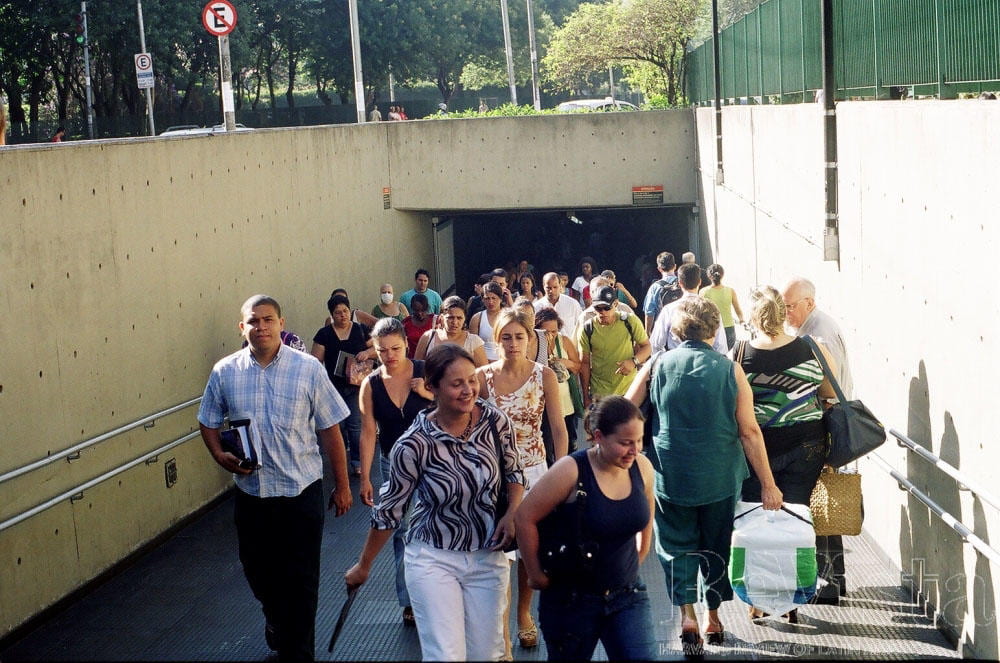
Capitalism in the Classrooms?
All over Latin America, for-profit private universities are flourishing. They range from excellent elite institutions in wealthy neighborhoods to so-called “garage universities” of uneven equality that teach varied trades and professions. However, Brazil’s strenuous exit test on completing…
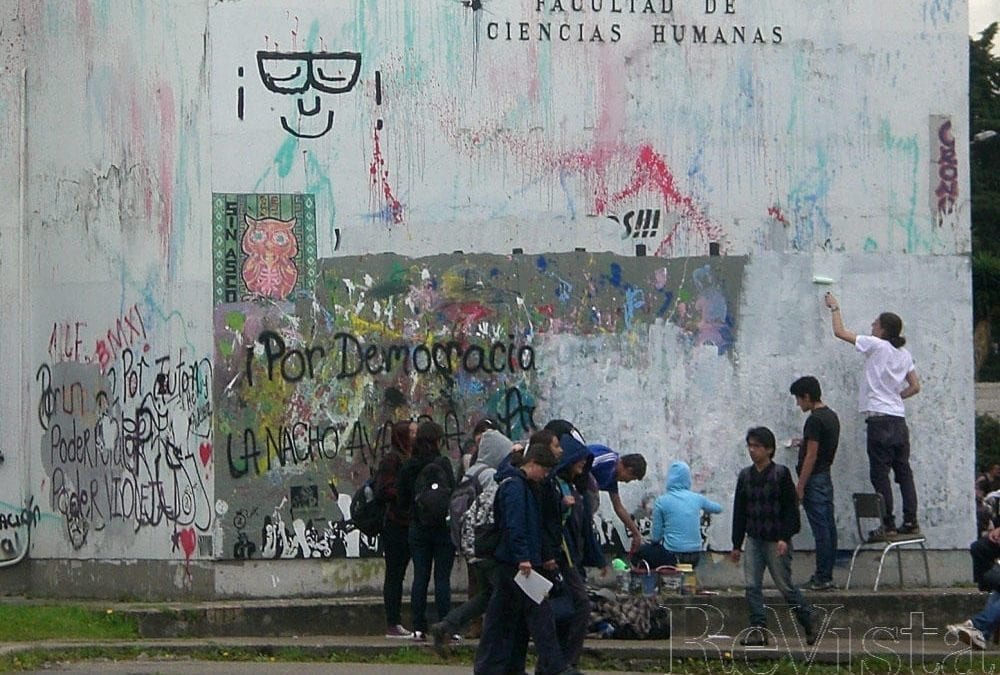
Combating Inequity through Higher Education
Public and private sectors must form alliances in order to offer quality education for the majority of the population. Throughout the Americas, students have been protesting, particularly around the issue of burdensome student loans. In Canada, the United States…
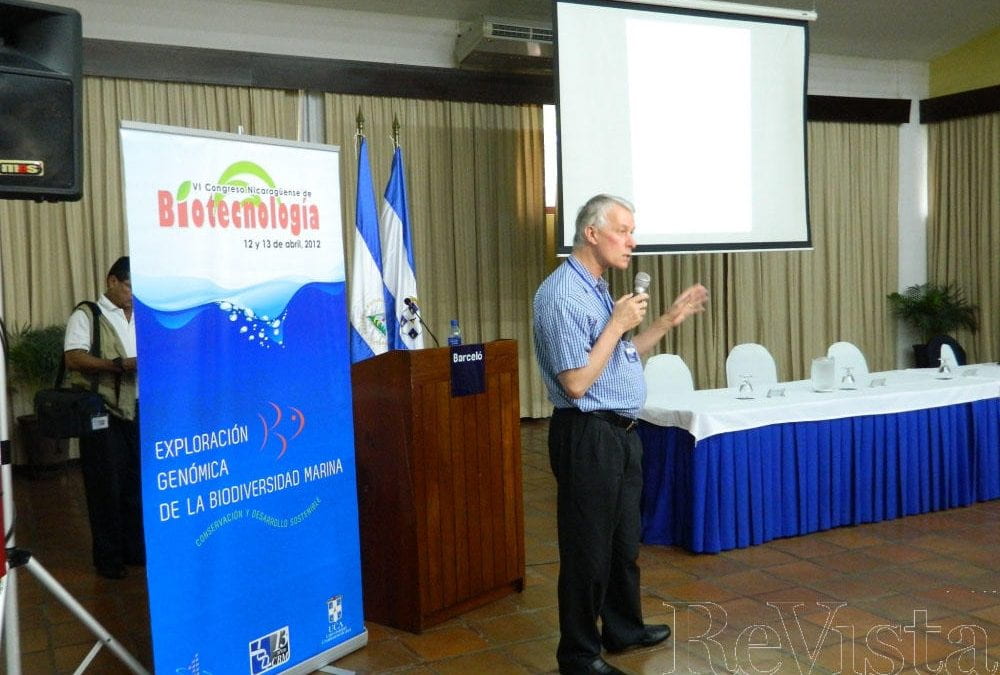
Building Knowledge Economies in Central America
Universities have become essential to how countries develop economically. They promote information and communication technologies (ICT), health sciences and medical instrumentation, new crop seeds and modern agriculture and sciences in general. In short, they are…
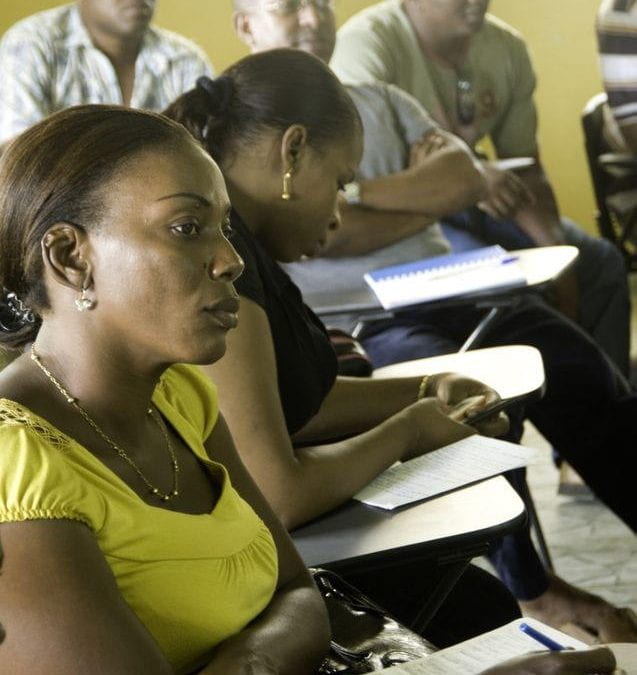
In the Eye of the Beholder
It’s ridiculous to imagine that anyone would want poor quality from any product or service that they needed. So, not surprisingly, the many “consumers” of higher education want good, if not outstanding, quality as well. But what does that mean exactly? It’s relatively simple to…
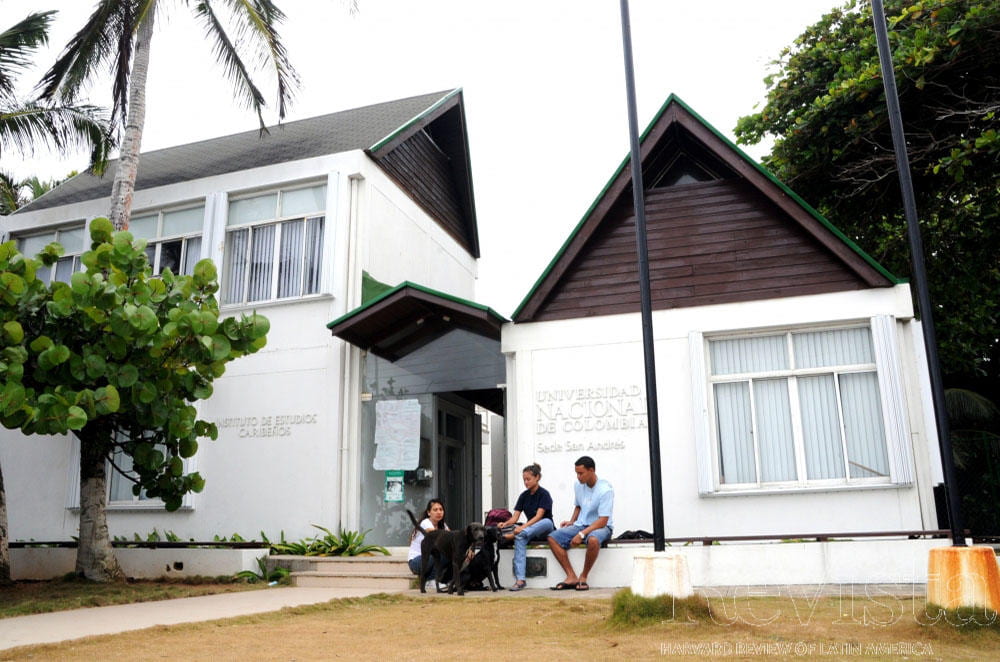
Taking on the Challenges
English + Español
Higher education is a hot topic in Colombia. In 2011, students went on strike and into the streets to protest a proposed reform to the 20-year-old higher education law known as Law 30, saying that the changes would lead to the privatization of education./Durante el año 2011 la educación superior fue uno de los temas centrales de discusión en Colombia. Los dos años anteriores hubo controversias sobre el financiamiento de las universidades públicas y el acceso a préstamos subsidiados para estudiantes de bajos recursos que debían estudiar en instituciones privadas.
Affirmative Action
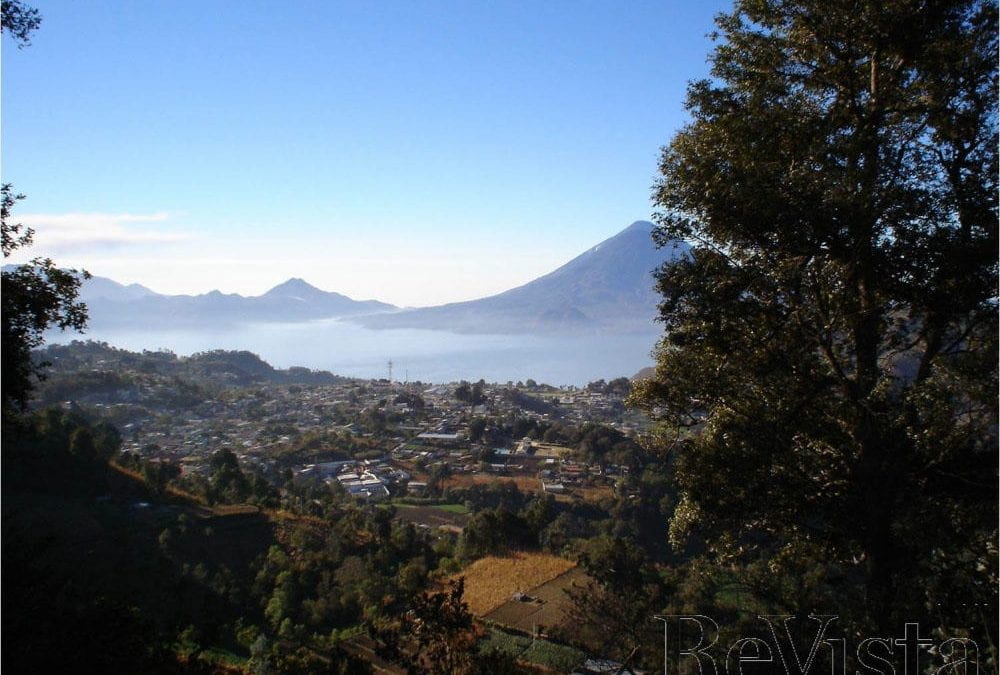
From War to Progress
María del Carmen Cumatz is an elementary school teacher from a small town in the Guatemalan highlands in Sololá. In 2006 she became the first member of her family to obtain a university degree when she graduated with a teaching certificate from the Universidad del…
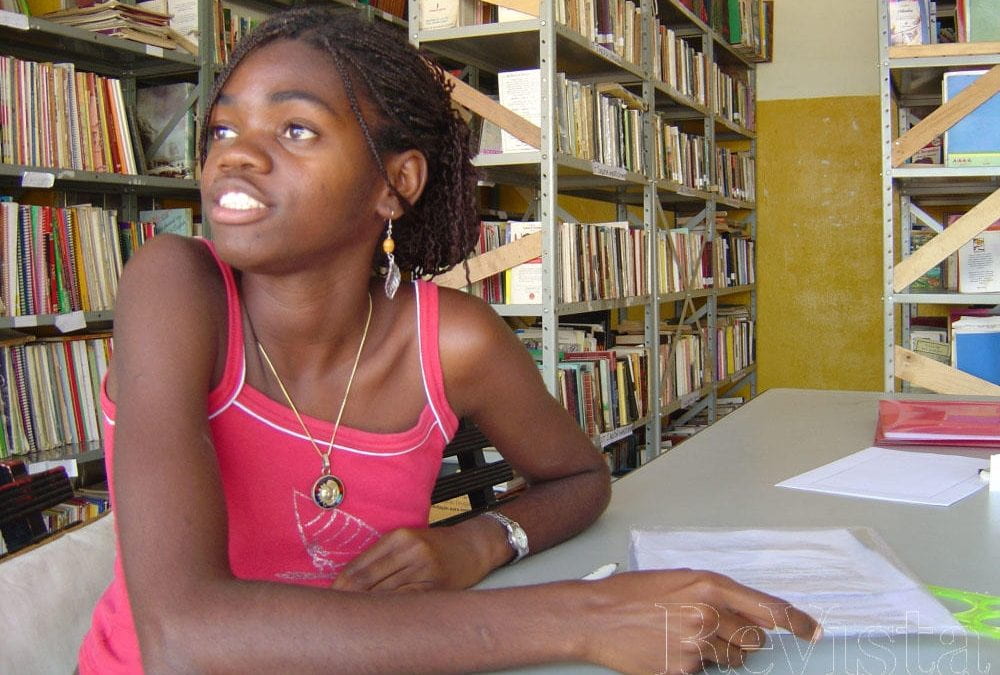
Breaking a Vicious Cycle of Social Exclusion
The Brazilian Congress approved a bill in August imposing a quota of 50 percent of all available slots in federal universities for students coming from public schools, with the ethnic component within this quota matching that of the state in which the university is located…

Affirmative Action in Brazil
Affirmative action policies can take a person’s race into account, the Brazilian Supreme Court unanimously ruled on April 26, 2012. The Court found the use of racial quotas constitutional, allowing both public and private higher educational institutions to reserve a certain percentage of slots for undergraduate students, most of them, coming from public secondary schools…
Students and Social Change
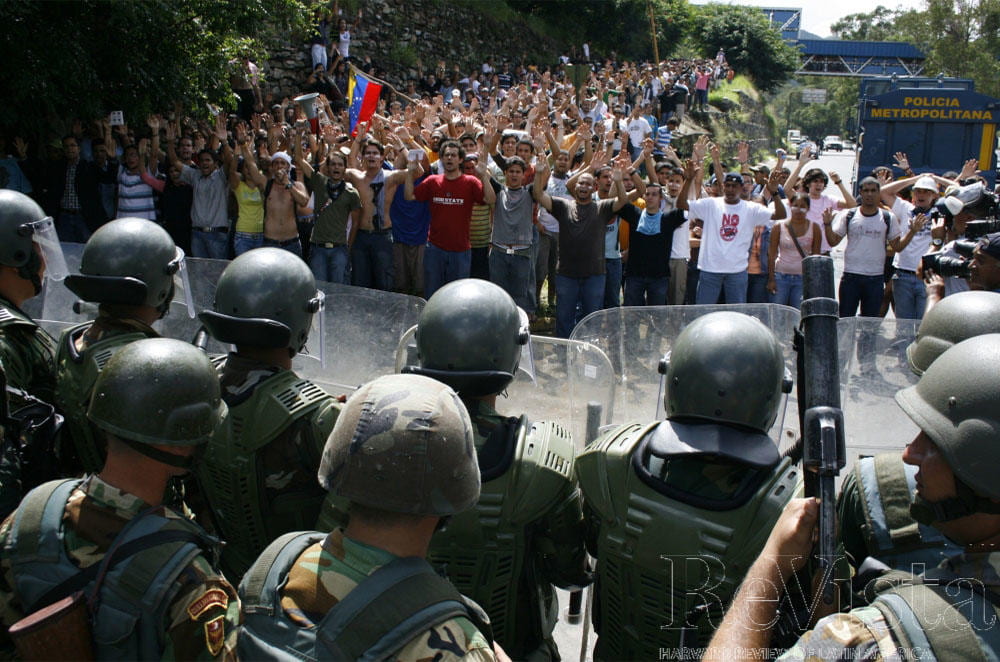
Venezuela’s Student Movement
Students in Venezuela have an 84 percent confidence rating in polls among the public, higher even than the Church or banks, according to www.datanalisis.com. Our struggle for democracy sometimes feels like the struggle of David against Goliath. However, we insist on…
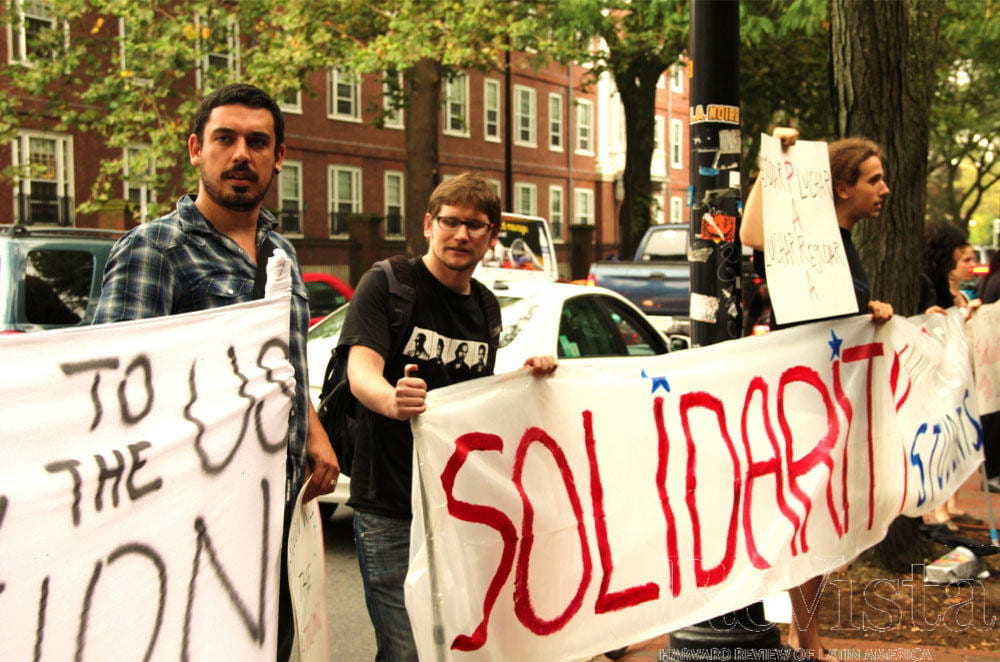
Chile’s Student Protests
Less than a decade ago, academics and journalists almost always referred to Chile as a “model” country, praising its economy, political transition and democracy. Always a simplistic characterization, it nonetheless stuck for many years, until the unexpected 2011 explosion…

Student Activism
“Democracy, here? That is a joke!” remarked Veronica, one of the thousands of “rechazados” who failed to be admitted to Latin America’s largest public university (UNAM) and leading representative of the “Yo Soy 132 Movement.” For this 19–year old student, who preferred…
Making a Difference
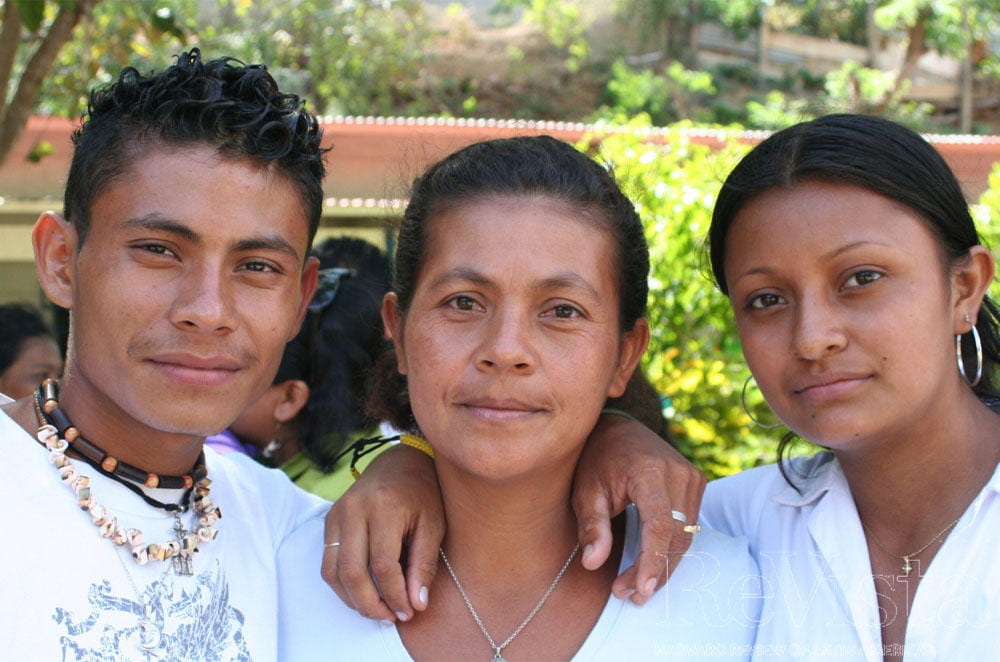
Making a Difference: A Problem With the UN Millennium Goals
Every Saturday for two years, Estevana Sánchez walked through the jungle for miles, in the dark, crossing a river in the rainy season, to finish high school. Her five teenage children did the same. At the end of the trail, they took a long bus ride to the town of San Juan del Sur…
Book Talk
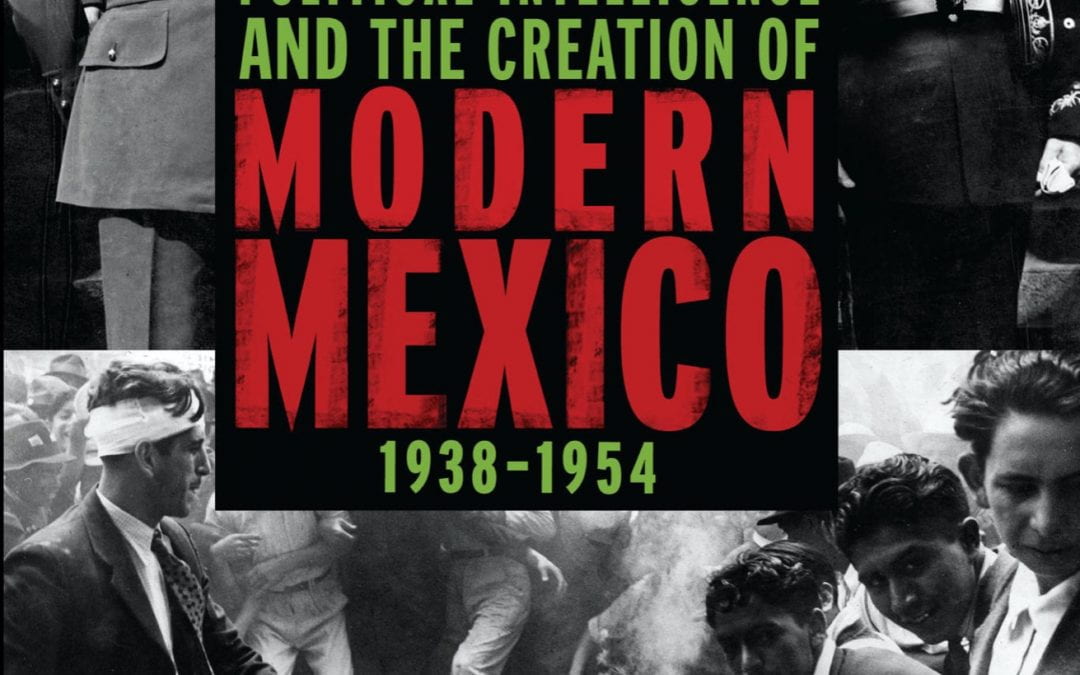
Political Intelligence and the Creation of Modern Mexico, 1938-1954
In Mexico today, the armed forces and the intelligence service have taken up central roles in the government’s fight against drug trafficking and organized crime, and the Institutional Revolutionary Party (PRI) is poised to retake the presidency, 12 years after…
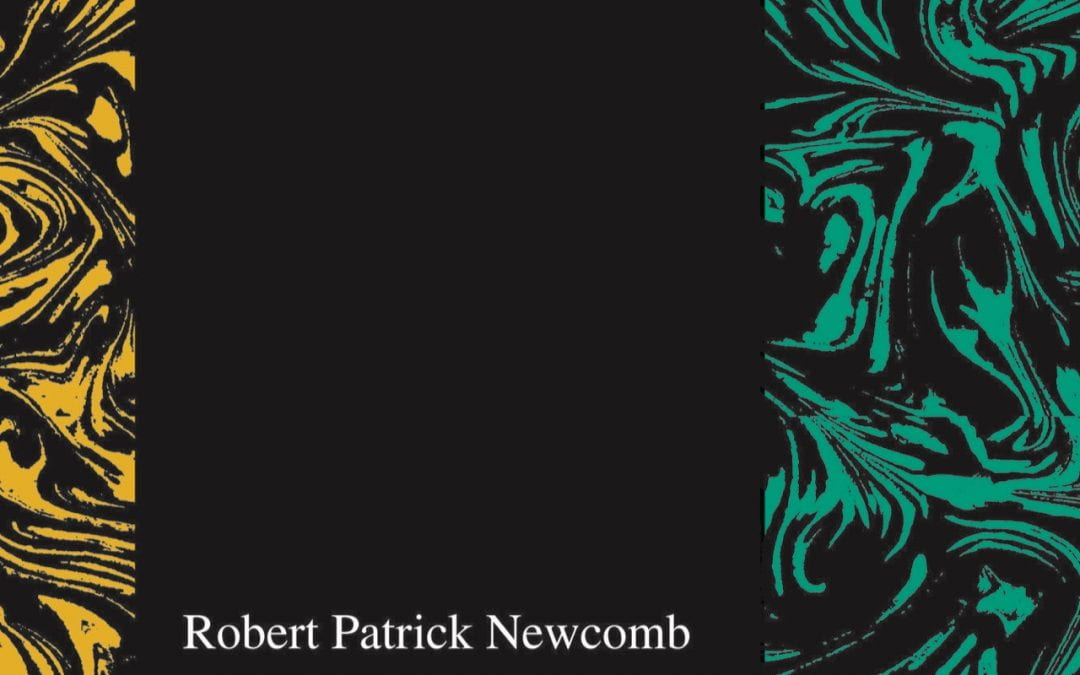
Nossa and Nuestra América: Inter-American Dialogues
Robert Newcomb’s Nossa and Nuestra América: Inter-American Dialogues is a must-read study on Latin American social thought that deals with the tense and productive relationship between Spanish America and Brazil. The book made me realize how the underlying forces structuring this dialogue…
